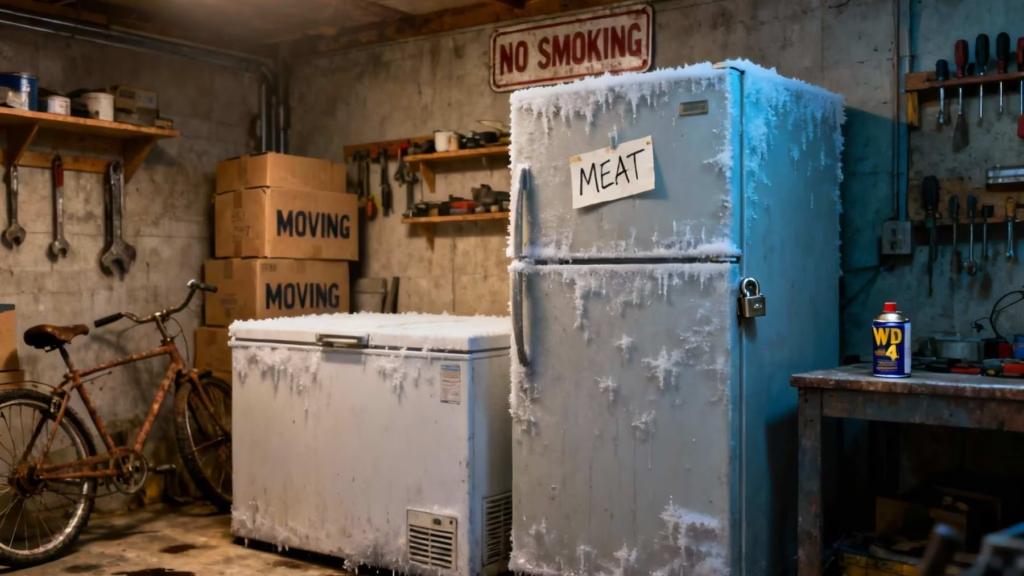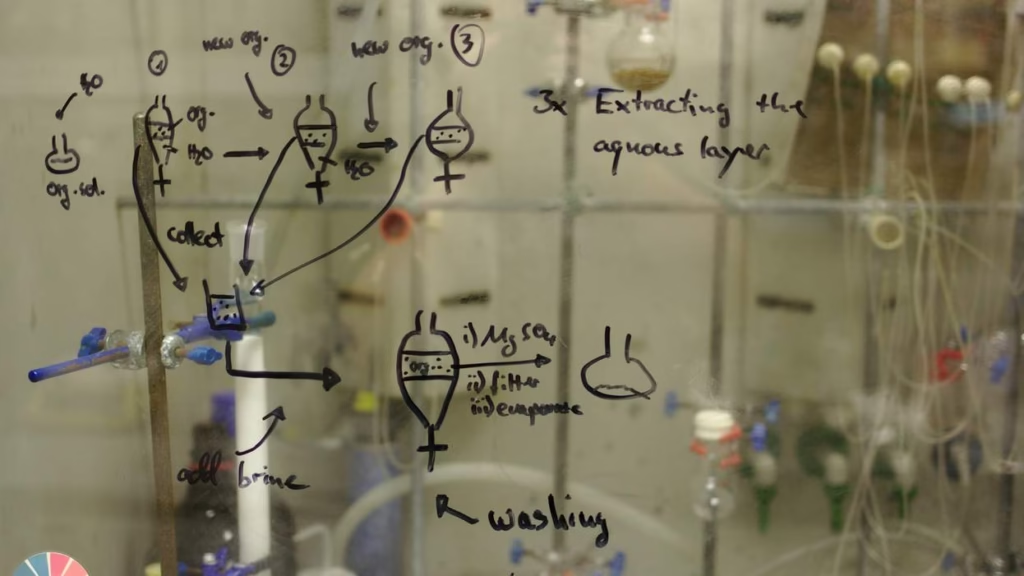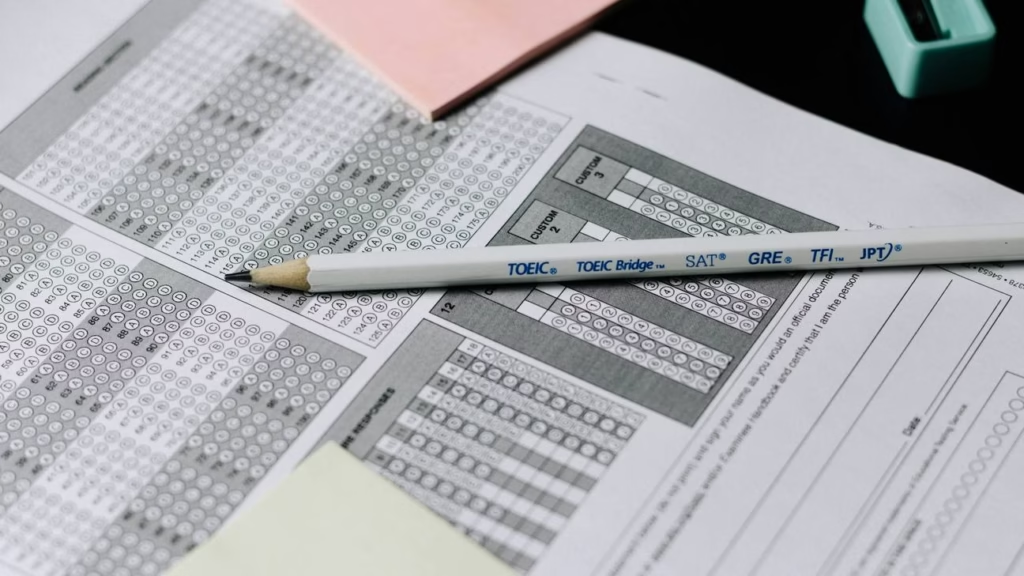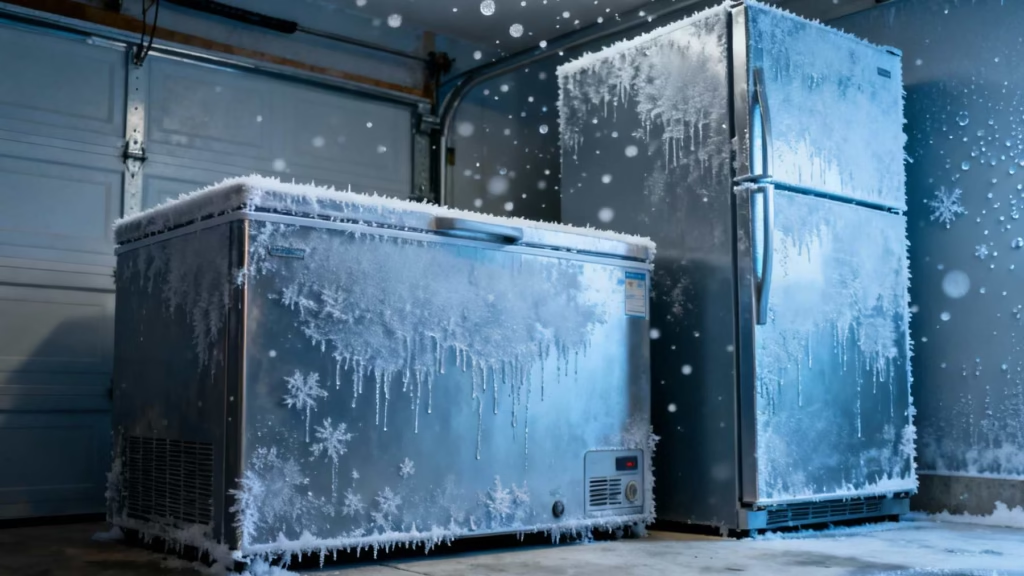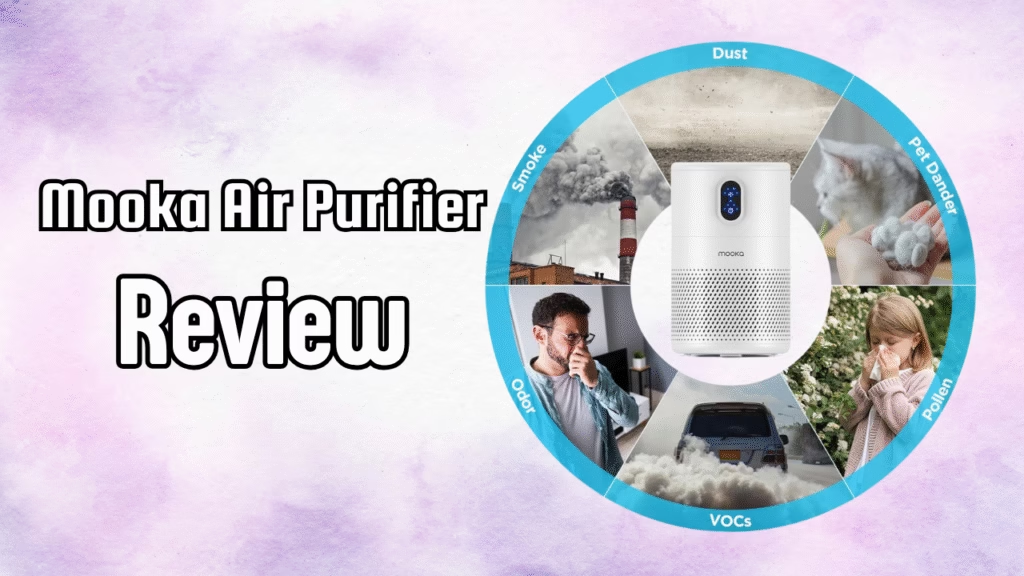Discover proven APES FRQ tips and strategies to conquer the AP Environmental Science free response section. This step-by-step guide offers insights, examples, and preparation advice for the 2026 exam to help you score higher.
Table of Contents
Your Guide to the 2026 Exam
Feeling stuck staring at a blank page during the AP Environmental Science exam? You’re not alone. The free-response section can feel tough. It asks you to do more than just remember facts—you have to apply your knowledge to real-world problems.
But here’s the good news: this section is your chance to shine. With the right approach, you can turn it into your greatest strength. Before you start practicing, it can really help to estimate your potential score using tools like the AP Environmental Science Score Calculator. It gives you a clearer idea of where you stand and what to focus on next.
This guide will give you simple, step-by-step strategies to conquer APES FRQs in 2026.
What to Expect from the APES FRQ Section
This part of the exam makes up 40% of your total score. You will have 1 hour and 10 minutes to answer three questions. Knowing the format is the first step to success.
The Three FRQ Question Types
- Design an Investigation
You’ll get an environmental scenario. Your job is to plan a scientific study. This means writing a hypothesis, defining your variables, and describing your methods. - Analyze a Problem and Propose a Solution
You’ll analyze data about an environmental issue. Then, you’ll suggest realistic ways to solve it. - Solve a Problem with Calculations
This question mixes math with environmental science. You’ll do calculations (like for energy use or population growth) and propose solutions based on your results.
The format has stayed the same for recent exams, so you can prepare with confidence.
Build a Strong Foundation: Key Topics to Know
FRQs often mix ideas from different units. Focus your studying on these high-yield areas:
- Ecosystems and Biodiversity: Be ready for questions on food webs, invasive species, or habitat loss.
- Energy Resources: You’ll often need to compare renewable and non-renewable sources and perform calculations.
- Pollution: A common theme. You might design a study on air quality or find a fix for plastic waste.
- Earth Systems and Climate Change: Know how to analyze data and spot trends related to our changing planet.
Always think about the big ideas of sustainability and how humans interact with the environment. Use real-world examples to make your answers stand out.
Your Step-by-Step Preparation Plan
Preparing for FRQs is about building good habits. Start early and practice regularly.
Step 1: Review Past Questions and Answers
Look at FRQs from the last few years. Pay attention to the instructions like “describe,” “explain,” and “calculate.” Read the high-scoring sample answers to see what makes them great. Notice how they use specific details.
Step 2: Create Your Study Schedule
- First Month: Focus on reviewing key terms and concepts.
- Next Month: Practice one FRQ type each day, always with a timer.
- Continuous Practice: Regularly do full, timed practice sections to build your stamina.
Step 3: Gather Your Tools
Use your textbook, online resources, and a formula sheet. Make sure you know essential units and equations for energy and population calculations.
How to Write a Winning Answer
Your goal is to be clear, direct, and evidence-based.
General Tips for All FRQs
- Read Carefully: Make sure you know what each question is really asking.
- Use Full Sentences: Avoid sentence fragments.
- Label Everything: If a question has parts (a, b, c), label your answers to match.
- Use the Data: Reference specific numbers from the graphs or tables provided.
- Be Specific: Vague answers lose points. For example, write “reduced emissions by 30%” instead of “less pollution.”
Tips for Question 1: Designing an Investigation
- Hypothesis: Write a testable “If…then…” statement.
- Variables: Clearly state what you are changing (independent), what you are measuring (dependent), and what you are keeping the same (controls).
- Method: Briefly explain your steps, including how you will collect data.
Tips for Question 2: Analysis and Solutions
- Identify the Problem: Use evidence from the provided materials.
- Propose Solutions: Suggest two realistic fixes and briefly discuss the pros and cons of each.
- Justify Your Choice: Explain the environmental benefit of your solution.
Tips for Question 3: Calculations and Solutions
- Show Your Work: Write down each step of your math.
- Use Units: Always include units (e.g., kg, kWh, years).
- Explain Your Answer: Connect your numerical result back to the environmental problem.
Avoid These Common Mistakes
Learn from the errors of past test-takers:
- Being Vague: Use precise language and numbers.
- Forgetting Units: This is an easy way to lose points on calculations.
- Writing Too Much: Stick to the question. Extra information doesn’t earn points.
- Ignoring the Data: Always connect your answer back to the charts, graphs, or tables you are given.
- Unrealistic Solutions: Suggest practical fixes. “Ban all cars” is not a feasible answer.
Take Your Practice to the Next Level
To truly get ready, simulate the real exam:
- Time Yourself: Give yourself 70 minutes for three questions.
- Mix It Up: Practice with questions on different topics.
- Review Your Work: Use scoring guidelines to see where you can improve.
You’ve Got This!
Mastering the APES FRQ section isn’t about magic. It’s about smart, consistent practice. You now have the strategies to design great investigations, analyze problems with data, and ace those calculations.
Start today. Pick one practice question and focus on being specific and using evidence. Your hard work will pay off on exam day.
Ready to begin? Grab a past FRQ and start practicing now!





